Optimal Timing for Waterproofing Projects
Proper timing for waterproofing is essential to ensure the durability and effectiveness of the application. Weather conditions, temperature, and seasonal changes influence the success of waterproofing projects. Understanding optimal periods can help prevent water damage, mold growth, and structural deterioration.
Spring offers moderate temperatures and rising humidity levels, making it suitable for waterproofing before heavy rains begin.
Warm weather and longer days facilitate drying and curing of waterproofing materials, ideal for projects during early summer.
Cooler temperatures and dry conditions in fall help ensure proper application and sealing before winter.
Generally not recommended due to low temperatures and increased moisture, which can hinder adhesion and curing.
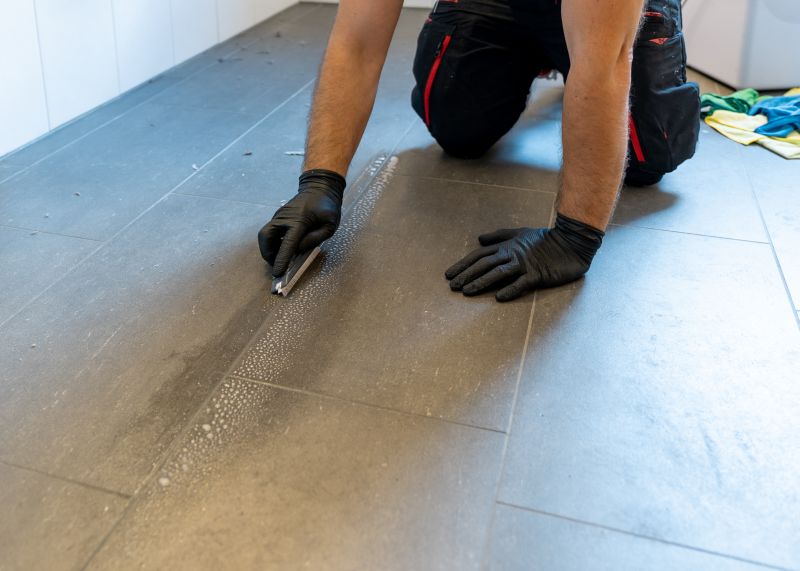
Ways to make Waterproofings work in tight or awkward layouts.
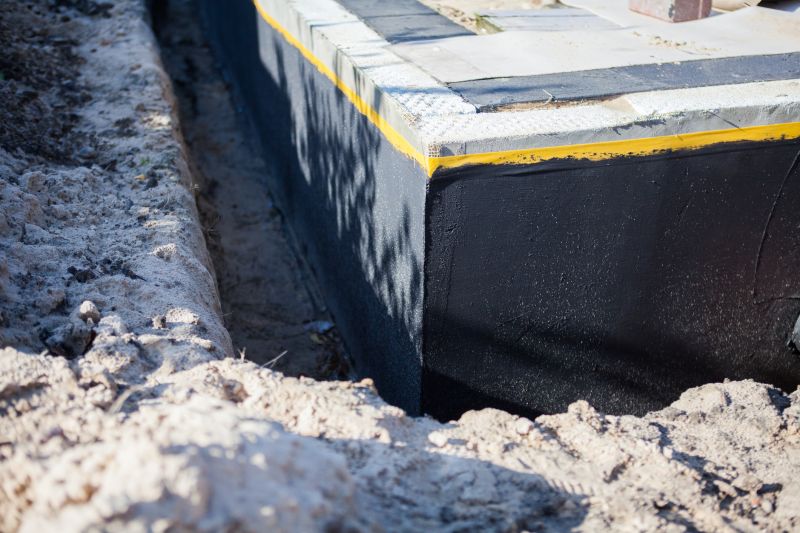
Popular materials for Waterproofings and why they hold up over time.

Simple add-ons that improve Waterproofings without blowing the budget.

High-end options that actually feel worth it for Waterproofings.
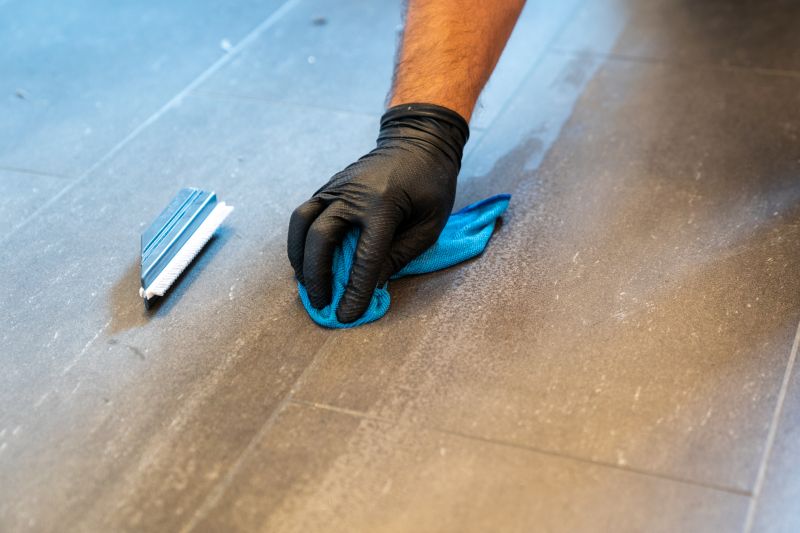
Finishes and colors that play nicely with Waterproofings.
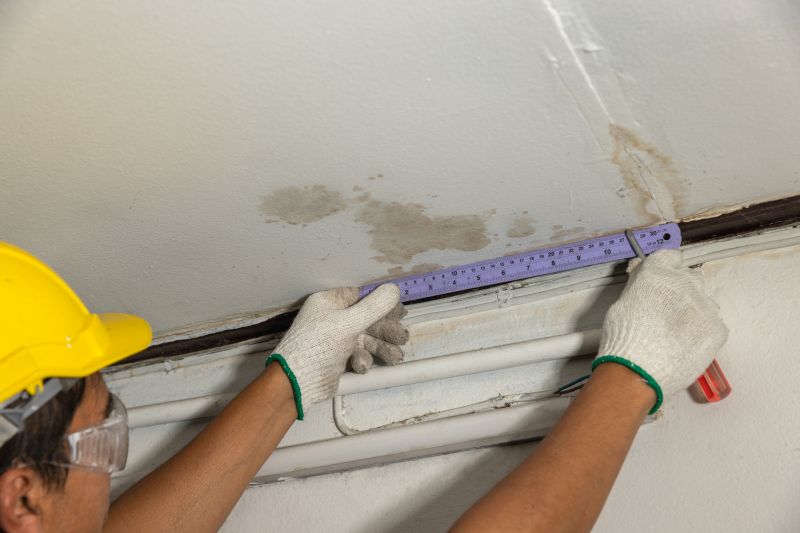
Little measurements that prevent headaches on Waterproofings day.
Waterproofing involves applying specialized materials to protect structures from water intrusion. It is a critical component in building maintenance, especially in areas exposed to moisture or direct water contact. Effective waterproofing can extend the lifespan of a building, prevent costly repairs, and maintain structural integrity.
Statistics indicate that water-related damages account for a significant portion of property repair costs annually. Proper waterproofing can reduce these expenses by preventing leaks, mold growth, and structural weakening. Seasonal considerations are vital, as improper timing can compromise the waterproofing's effectiveness and lead to increased maintenance needs.
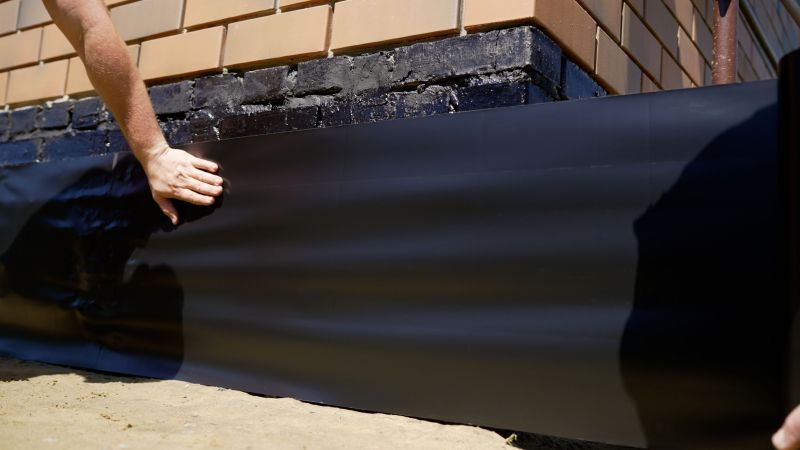
A 60-second routine that keeps Waterproofings looking new.
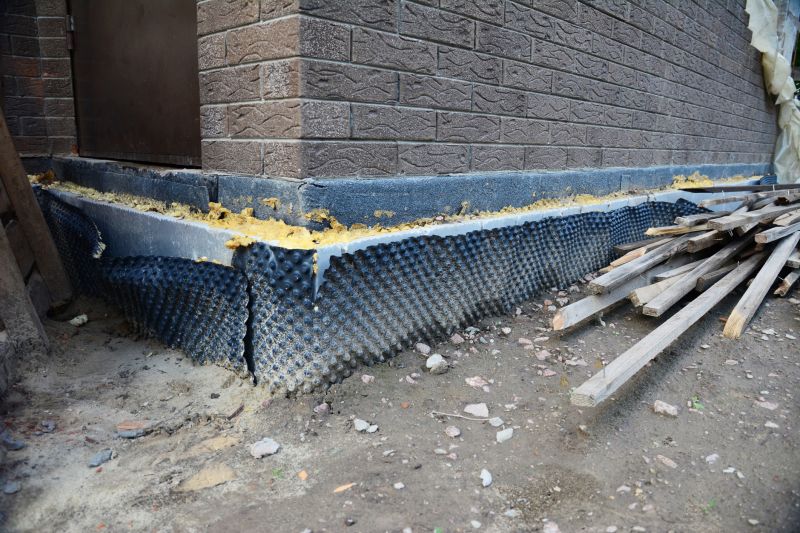
A frequent mistake in Waterproofings and how to dodge it.

Small tweaks to make Waterproofings safer and easier to use.
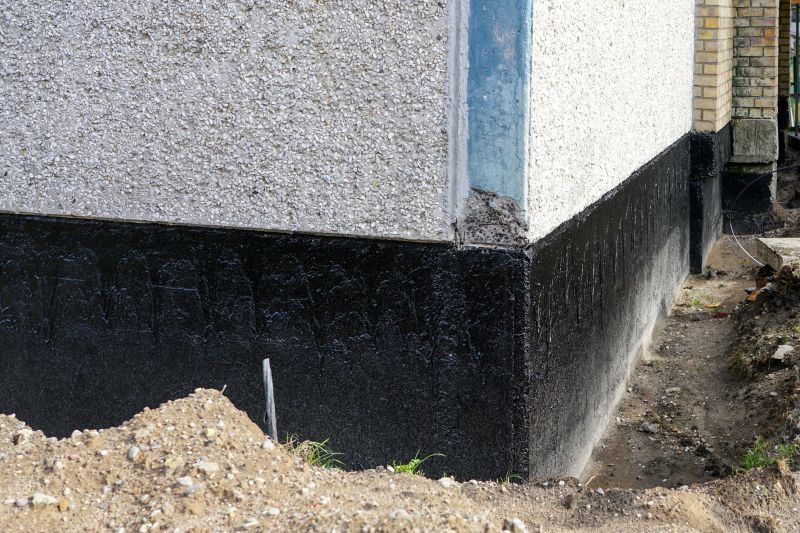
Lower-waste or water-saving choices for Waterproofings.
| Season | Suitable Conditions |
|---|---|
| Spring | Moderate temperatures, increasing humidity, ideal for preparation before heavy rains. |
| Summer | Warm and dry conditions, suitable for application and curing. |
| Fall | Cooler temperatures, dry weather, good for sealing before winter. |
| Winter | Low temperatures and high moisture levels make waterproofing less effective. |
Choosing the right time for waterproofing ensures optimal adhesion and longevity of the materials used. Consulting with waterproofing professionals can help determine the best period based on local climate conditions and specific project requirements.
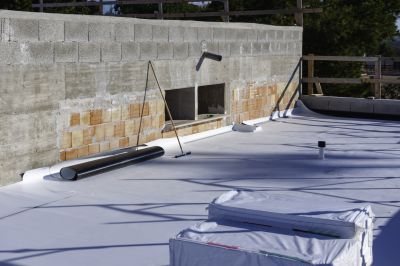
The short, realistic tool list for quality Waterproofings.

Rough timing from prep to clean-up for Waterproofings.

Quick checks and paperwork to keep after Waterproofings.
Interested in waterproofing services? Filling out the contact form can provide additional information and help schedule a consultation to determine the best timing and solutions for specific building needs.

